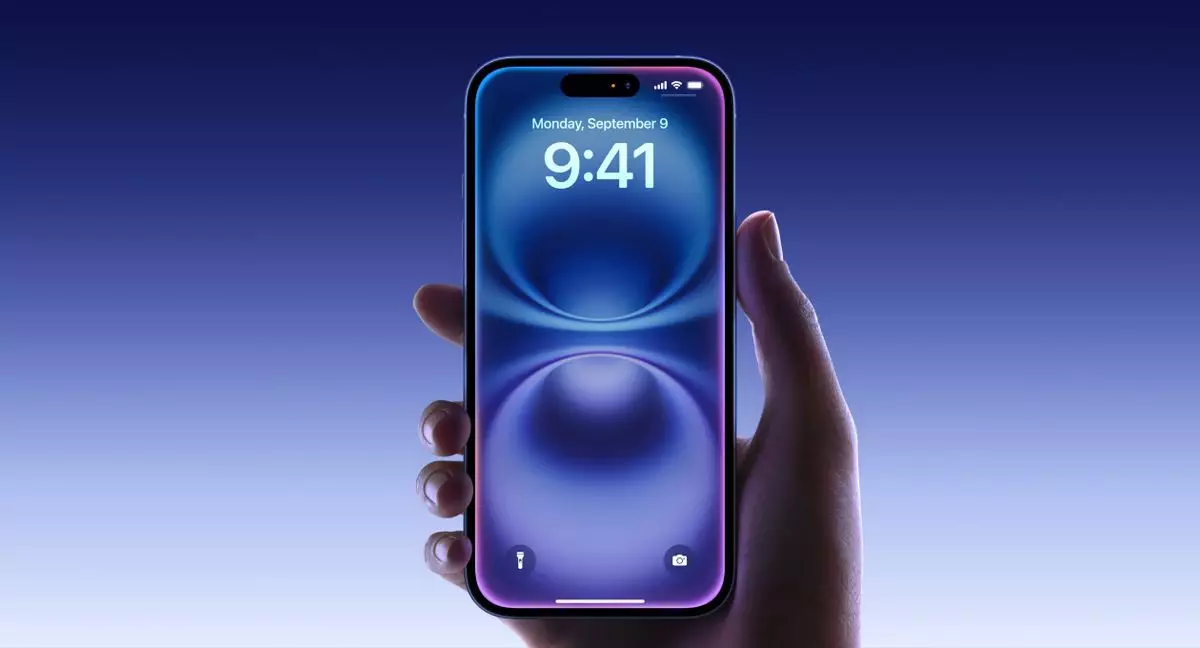The recent sentencing of two Chinese nationals by the US Department of Justice has shed light on a concerning and sophisticated fraudulent scheme aimed at defrauding Apple Inc. This case showcases the ever-growing problem of counterfeit products and highlights the vulnerabilities that even major corporations face in safeguarding their brand integrity. The scheme’s shocking success prompts critical questions about the mechanisms in place for detecting counterfeit goods and the broader implications for consumers navigating the second-hand market.
According to reports, the fraudsters orchestrated an elaborate plan that resulted in significant financial losses for Apple. The criminals managed to emulate legitimate iPhones through counterfeit devices that were sent in for repair, prompting the tech giant to issue genuine replacements. Stephen Cohen, a US postal service inspector, provided insights into the operation, explaining how the masterminds were able to submit over 5,000 counterfeit phones to Apple, seeking to exploit their repair service for personal gain.
One striking aspect of this operation was its length and effectiveness—causing a loss of over $2.5 million before being detected. This raises particular concerns regarding the efficacy of Apple’s internal controls and the identification process for differentiating between genuine and fake devices. If Apple, an industry leader in technology and innovation, struggled to spot such fraudulent activities for an extended period, it casts a shadow over the vigilance of consumers facing similar challenges in the marketplace.
The sentencing of the perpetrators resulted in monetary restitution, with one criminal ordered to pay over $1 million and the other nearly $400,000. However, this restitution falls short of compensating Apple for the total losses incurred, with over $1 million still unpaid. While this amount may be trivial for a corporation like Apple, the principle of accountability remains pertinent. The outcome serves as a stern reminder that the consequences for engaging in fraudulent activities may not fully address the harm caused to affected parties.
The partial restitution highlights a larger issue—that of frequently inadequate penalties for white-collar crime. The discrepancy between the sentences imposed and the financial impact of such schemes serves to question whether justice has truly been served or whether the penalties are merely a slap on the wrist in the grand scheme of things.
The staggering success of the scam sheds light on the challenges that everyday consumers face when trying to navigate the second-hand market. With counterfeit products becoming more convincing, it is essential that consumers take proactive measures to ensure that they are purchasing legitimate items. It’s crucial to buy from trusted sources and conduct due diligence before finalizing any transactions, especially when the deal appears too good to be true.
This advice extends beyond Apple products to the world of gaming components as well. For example, temptations abound for bargain-hunters seeking gaming peripherals or hardware only for them to discover they’ve been sold fraudulent or subpar products. Just as in the Apple case, consumers must remain vigilant and skeptical to avoid falling prey to unscrupulous sellers.
The sentencing in this high-profile case serves as a cautionary tale about the deceptive nature of counterfeiting in the digital age. It underscores the necessity for both companies and consumers to enhance their awareness and preventive measures against fraud. For corporations, this may mean investing more heavily in fraud detection systems and consumer education, while consumers must prioritize securing purchases from reputable sellers. Ultimately, this incident holds a mirror to the challenges we face in protecting our interests in a marketplace rife with deception, pushing for a holistic approach to foster transparency and integrity for both corporations and consumers alike.

